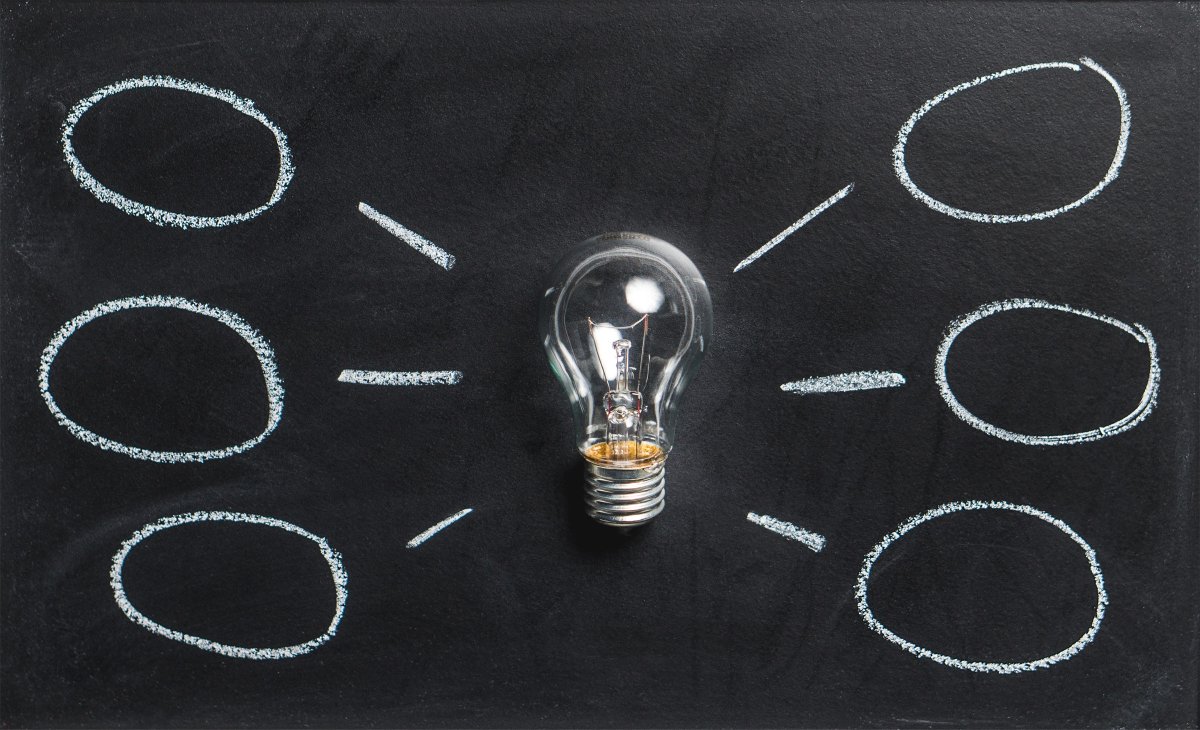
Self-Assessment vs. Peer-Assessment
Aya Mizutani
- Training Quality and Relevance
It has been already introduced in the column “Non-cognitive Skills in Developing Countries” that non-cognitive skills are important factors for achieving higher levels of education and increasing income and participation in the labor market. The Japan Institute of Lifelong Learning classifies non-cognitive skills into three groups: capacitive skills (e.g., problem-solving and critical thinking), personality and traits (e.g., self-esteem, creativity, self-control), and values (e.g., ethics and morals). This column focuses on personality and traits and the difference between self-assessment and peer-assessment.
Over the decades, many scales have been developed to measure personality traits including the Big Five, the Sixteen Personality Factor Questionnaire (16PF), the Adult Temperament Questionnaire (ATQ), the Rosenberg Self-Esteem Scale, and the Interpersonal Reactivity Index (IRI).
The question for this column is whether self-assessed personality traits are the same as peer-assessed personality traits? If those are different, which can you say is correct? Generally, there are many studies documenting that self-assessment and peer-assessment are similar (Funder & Colvin, 1988; Goudas, et al. 2009; Kim, Domenico, & Connelly 2019), especially when peer reviewers know the subject very well (Founder & Colvin, 1988). However, how much the self-assessment and the peer-assessment agree depends on the type of personality traits measured. For example, they are more likely to agree if those traits are more observable (John &Robins, 1994).
William & Gilovich (2012) performed an experiment to figure out why this happens and found that people select the best point for a specific trait when they assess themselves while they select the average for others. For example, if a person thinks their creativity falls between 46% and 65%, they selects 65% for themself, but 55% for others when other’s creativity is the same. When you consider how others assess you, it may be good to assess yourself a little more severely.
References
日本生涯学習総合研究所(2018)、『「非認知能力」の概念に関する考察』、pp12。
Funder, D. C., & Colvin, C. R. 1988 Friends and strangers: Acquaintanceship, agreement, and the accuracy of personality judgment. Journal of Personality and Social Psychology, 55, 149-158
Goudas, M., Magotsiou, E., & Hatzigeorgiadis, A. 2009 Self-and peer assessment of social competence. Perceptual and Motor Skills, 108, 94-96.
Kim, H., Di Domenico, S. I., & Connelly, B. S. (2019). Self–Other Agreement in Personality Reports: A Meta-Analytic Comparison of Self- and Informant-Report Means. Psychological Science, 30(1), 129–138.
John, O. P., & Robins, R. W. (1994). Accuracy and bias in self-perception: Individual differences in self-enhancement and the role of narcissism. Journal of Personality and Social Psychology, 66(1), 206–219.
Williams,E. & Gilovich,T. (2012). The better-than-my-average effect: The relative impact of peak and average performances in assessments of the self and others. Journal of Experimental Social Psychology, 48, 556-561.

